Remains of a Roman street from Legio, a military camp from the 2nd and 3rd centuries CE, next to Megiddo (courtesy) The remains of an imperial Roman legionary camp — the only one of its kindRoman legionary ring of the vi victrix commemorating service along hadrian's wall and the dux lucius artorius castus's armorican exepedition Material Silver and Mercury Alloy Era Second Half of the 2nd Century AD to C 210 ADThe Image of Sphinx in Roman Sculpture from Lower Danube Fortresses Each season of the longlasting PolishBulgarian exploration of the Roman legionary camp and the later Roman and EarlyByzantine city of Novae yields a very abundant and diversified collection of archaeological sources, among them Ancient

Evolution Of The Ancient Roman Soldier Over A Millennium
2nd century roman legionary
2nd century roman legionary-Roman Legionary bronze ring Oval bezel with Aquila wings, linear decoration on the shoulders and plain ring band The eagle was a powerful symbol to the Roman military With each Roman legion a special eaglebearer (aquilifer) had the honor of carrying the Legionary Eagle standard into battle and to guard its existence Outside diameter 23,6 x 26,1 mm Inside diameter 18,9 x ,1 mm In the second century of the Common Era the Legio Secunda Traiana, or Trajan's Second Legion – named after the emperor himself – arrived at the site, which became the Roman military headquarters for the entire north The legion built a permanent camp, and years later it was replaced by the Legio VI Ferrata – the Sixth Ironclad Legion




Roman Legionary 1st Century Ad The Roman Empire
Initially, Roman helmets of this type were heavily decorated, which was due to the fact that the armaments were provided by the citizens themselves while fighting With the Marius reforms at the end of the 2nd century BCE, armaments were mass The Roman Legion (2nd century BC) For the second century BC we have accounts of a slightly reorganized legion The hastati were still up front, carrying bronze breastplates, or the more wealthy ones among them wore chain mail coats They now also wore purple and black feather plumes on their helmets, 18 inches in height, to increase theirThe three lines of distinct infantry present in the Manipular Legion were abandoned in favor of the new legionnaires Legions contained ten cohorts Each cohort, roughly 480 legionnaires, was subdivided into six centuries of eighty men each Centuries
While Roman legionary soldiers were composed only of Roman citizens, the Roman Auxiliaries were noncitizens drawn from the various Roman provinces The purpose of these military diplomas was to convey Roman citizenship upon the retiring auxiliary soldier in return for his years of service Hippika schools, Egypt, 2nd century AD Roman Legion against Ptolemaic Egyptian Army Centurion in Egypt AD The topic of the Roman army in imperial Egypt has two faces Structurally, the army was certainly one of the most homogeneous organizations in the Roman empire—if not the most homogeneousAncient Rome, 2nd5th Century AD Huge bronze "CrossbowFibula" Roman soldier's / Legionary type, with high arched body for thick material to fit through Worn over the shoulder Completely intact except for the top "knob" which has been reattached Light green patina, with nice engraved markings all around
Bronze Legionary Pugio (Dagger) Chape 1st to 2nd century AD 4 ½ x 1 ½ centimeters This pugio chape is in good condition, with a closed crack in the back It has been cleaned and buffedLEGIONARY CAMPS There are two principal sources of information on Roman camps Polybius (ca 0 to 118 BC), an Achaean, who described contemporary camps in (chapters 1942 of Book 6 Histories) He was a tutor to the Scipio family and accompanied Scipio Aemilianus (a natural son of Aemilius Paullus) to the siege of Carthage in 146 BC Tombstone of an unknown soldier of the Moesiaci legion, from Aquileia It dates from AD352, but gives a good impression of the appearance of an early 4th century legionary crested 'ridge' helmet, oval shield and spear, patterned tunic, and perhaps a muscled breastplate




Roman Imperial Gallic Type G Helm 1st 2nd Century Outfit4events




Illustration Of A Dacian War 2nd Century Ad Legionary For Roman Miltary Equipment 2nd Ed By Bishop Coulston Roman Empire Roman Soldiers Roman Legion
Details about BEAUTIFUL ANCIENT ROMAN IRON LEGIONARY HELMET 2nd 3rd century AD See original listing BEAUTIFUL ANCIENT ROMAN IRON LEGIONARY HELMET 2nd 3rd century AD Condition Used Ended Winning bid US $1, 24 bids Shipping $6000 Economy ShippingAmazoncom ICM Roman Legionary 2nd Century AD Ancient Rome 1/16 Scale Plastic Model Kit MA Arts, Crafts & SewingEarliest phases of Roman towns As the pattern of military occupation in the north of Britain and on the frontiers, such as Hadrian's Wall, became established in the early 2nd century, three legionary fortresses, at Caerleon, Chester (Figure 1) and York, became permanent, and remained the bases of the three British legions for




Roman Legionary Detail Of The Segmented Metal And Leather Cuirass Sword And Shield 2nd Century Stock Photo Picture And Rights Managed Image Pic Dae Vc Agefotostock




Lead Army 5127 Roman Legionary 2nd Century Ad St Petersburg Connoisseur Ebay
Really how exciting was army life for most people in the Roman military?Roman Legions > Legio XIII Gemina Legio XIII Gemina Legio XIII GeminaRoman Empire 125pngMap of the Roman empire in AD 125, under emperor Hadrian, showing the LEGIO XIII GEMINA, stationed at Apulum (now Alba Iulia, Romania), in the province of Dacia, from AD 106 to c 271Active57 BC to sometime in the 5th centuryCountryRoman Republic and Roman EmpireTypeRoman legion Thread Rating 0 Vote(s) 0 Average




Galea Helmet Wikipedia




How Did The Roman Legionary Evolve Militia To Professional Youtube
Legio secunda Traiana Fortis, (Second Valiant Trajanic Legion), was a Roman legion levied by emperor Trajan in 105, along with XXX Ulpia Victrix, for the campaigns in Dacia There are still records of the II Traiana Fortis in Egypt in the middle of the 5th century The legion's emblem was the demigod Hercules In 115, II Traiana Fortis was incorporated in the large army used forLegio II Augusta ( lit Second Legion "Augustus'") was a legion of the Imperial Roman army that was founded during the late Roman republic Its emblems were the Capricornus, Pegasus, and Mars It may have taken the name " Augusta " from a victory or reorganization that occurred during the reign of Augustus Roman legionary A century of Roman Legionaries Festival of History 10, Kelmarsh Hall, Northamptonshire Reanactors relive British History from the Romans to the Second World War Roman legionary A century of Roman Legionaries Festival of History 10, Kelmarsh Hall, Northamptonshire
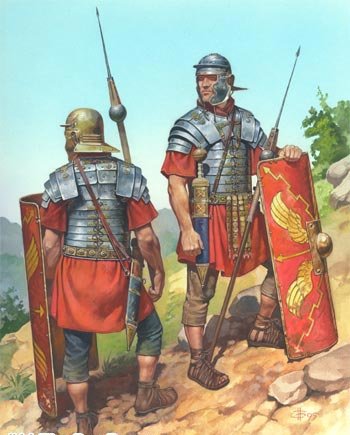



Roman Army The Base Of A Mighty Empire



Roman Legionary 2nd Century Ad Seil Miniature Review Planetfigure Miniatures
Each Legion had 59 or 60 centurions, one to command each centuria of the 10 cohorts They were the backbone of the professional army and were the career soldiers who ran the day to day life of the soldiers as well as issuing commands in the fieldHow likely would it be for a Roman legionary of the first and second century AD to actually participate in a large scale campaign and battle? In the second, the legion was sent to London to actually put down a rebellion there;
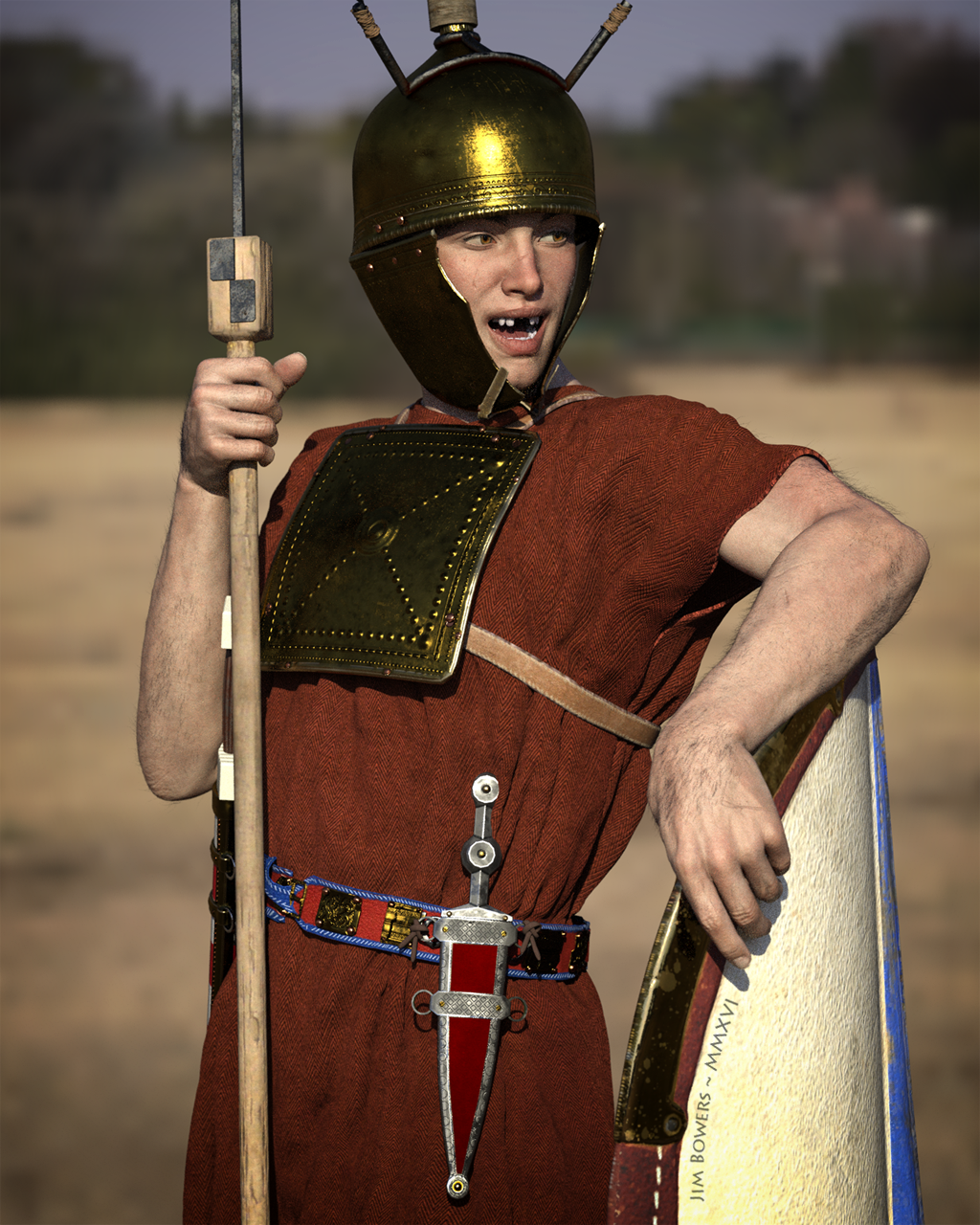



Roman Legionary 2nd Century By Tarbicus On Deviantart
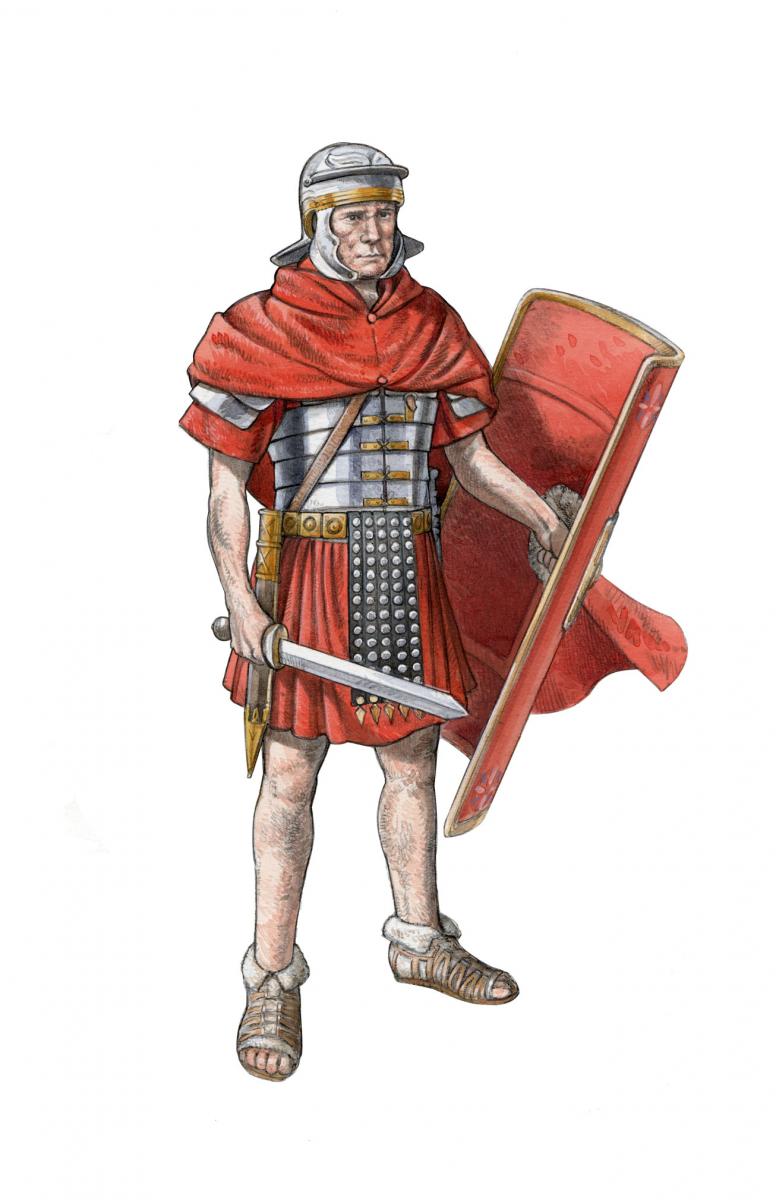



Legions Auxiliary Units Antonine Wall
Who would win if say a Roman legion dating from say 140 to 170 AD fought a Han dynasty Army from the same period, in say, Central Asia, this scenario may happen if the successor of Trajan decides to try to match, if not exceed the conquests of Alexander the Great and tries to conquer the Parthian Empire and then continue eastwards, through Central Asia, and into either An Imperial ItalicG helmet (left) of the early 2nd Century AD and an ItalicH "NiederMormter" Helmet replica of a late 2nd Century to early 3rd Century AD example in the Niedermormter Rheinisches Landesmuseum in Bonn, Germany The Niedermormter was a calvery helmet probably intended for parade and ceremonial useAnswer (1 of 8) I always answer questions that go with "could X defeat Y" with a yes Of course it could happen A Roman legion could defeat a US heavy cavalry (ie tank) brigade, if the latter made enough mistakes How many is enough?




Evolution Of The Ancient Roman Soldier Over A Millennium




Imperial Roman Army Wikipedia
Ancient roman legionary bronze ring quality ancient roman bronze legionary ring dates circa 2nd century ad with eagle decorationClose 3 Posted by 8Well, in that case it's enough to have all officers in
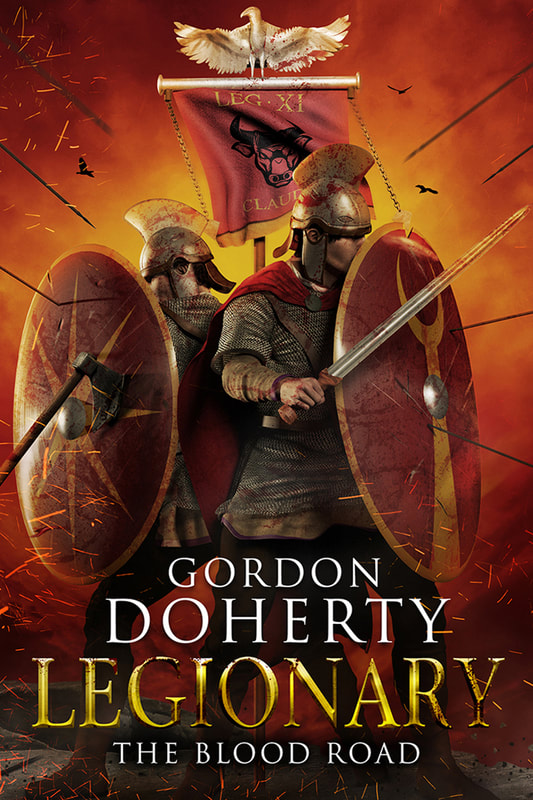



Was Vegetius Right Gordon Doherty Author




Roman Legionary Of The Late Second Century Ad Roman Armor Roman Soldiers Roman History
Roman Legions > Legio II Augusta Legio II Augusta Legio II AugustaRoman Empire 125pngMap of the Roman empire in AD 125, under emperor Hadrian, showing the LEGIO II AUGUSTA, stationed at Isca Silurum (Caerleon, Wales), in Britannia province, from AD 74 to at least 269Active43 BC to sometime in the 4th century ADCountryRoman Republic and Roman EmpireTypeRoman legion Ancient Roman Bronze LEGIONARY EAGLE STATUE WITH STAND, Height 52mm Weight 5912gr ANCIENT ROMAN EAGLES 'The eagle (Aquila) was a prominent symbol used in ancient Rome, especially as the standard of a Roman legion A legionary known as an Aquilifer carried this standard Each legion carried one eagle A lost standard was considered an extremely grave occurrence, and the RomanRoman legionary of the Late Second Century AD Find this Pin and more on Soldier by Fernando Lafuente Ferrer Historical Ideas Roman Ancient Rome Empire Roman




Italeri 1 72 Roman Infantry 1st 2nd Century Figures Model Kit Avery Street Stores




Roman Legionary Detail Of A Helmet With Neck Guard And A Segmented Metal And Leather Cuirass Stock Photo Picture And Rights Managed Image Pic Dae Vc Agefotostock
Would the average legionary have actually fought a lot? Caerleon (Newport) is the only permanent Roman base within the borders of modern Wales It was founded in AD74 or 75, and used by the Second Augustan Legion, which had been stationed in various parts of southern Britain since the Roman invasion of AD43 Caerleon remained the headquarters of the Second Augustan Legion for more than 0 years2nd century (around 180AD) This soldier wears a heavy ImperialItalic H helmet, his sword is now a long sword spatha worn on a baldric on his right side He still wears lorica segmentata, but no cingulum, his belt is openwork bronze in design He still carries a curved scutum and his pilum is made more effective with a spherical weight




Roman Legionary Wearing A Helmet With Segmented Metal And Leather Neck Guard And Cuirass Stock Photo Picture And Rights Managed Image Pic Dae Vc Agefotostock




Roman Legionnaire 2nd Century Ad By P Courcelle Roman Soldiers Ancient Warfare Roman Empire
Roman Legionary Weapons GladiusRoman short sword Legendary gladius had a many variants (Hispaniensis, Mainz, Pompeii) but it was usually used for stabbing SpathaRoman long sword mostly used by cavalry from 2nd century AD, later adopted by infantry and it substituted the popular gladiusA small cavalry contingent of 1 men (4 turmae of 30 horsemen) was attached to each legion They were employed as scouts and messengers Each cohort was assigned 10 cavalrymen and were dedicated to the HQ ( principia ) COMMAND STRUCTURE (1ST & 2ND CENTURIES AD) The roman army had three ranks – Officers, Centurions and Lower RanksIt too was wiped out In both scenarios, the heads in the Walbrook would then be those of beheaded IXth legion soldiers
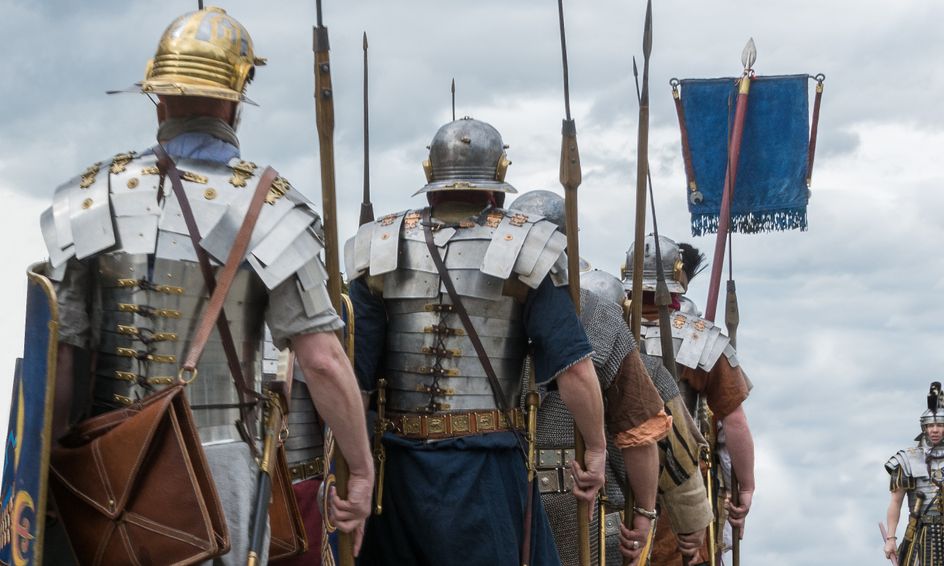



Meet A Roman Legionary Small Online Class For Ages 6 11 Outschool




Roman Legionary 2nd Century V0v Flickr
The lorica hamata was still common amongst the Legionary soldiers in the 2nd century, despite the use of the more popularly recognized lorica segmentata segmented plate armour The segmentata was eventually discontinued in the third century for unknown reasons, but the lorica hamata remained common for both legionaries and auxilia Find the perfect roman legionary 2nd century ad stock photo Huge collection, amazing choice, 100 million high quality, affordable RF and RM images No need to register, buy now!Roman Legionary, 1st2nd Century AD, full battle or parade order Roman Legionary, Battle Worn 1st Century AD winter Roman Woman's Costume 2 piece, terracotta



Roman Legionary 2nd Century A D By Ernest Putty Paint




Roman Legionary 2nd Century Ad 1 9 Scale Resin Bust
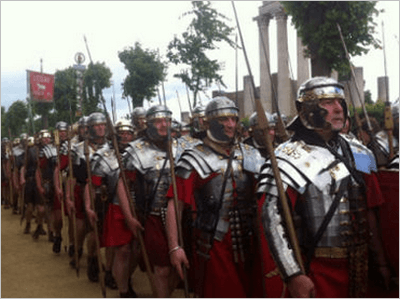



The Roman Imperial Legion Unrv Com




Roman Legionary 2nd Century V0v Flickr



The Late Roman Army



3
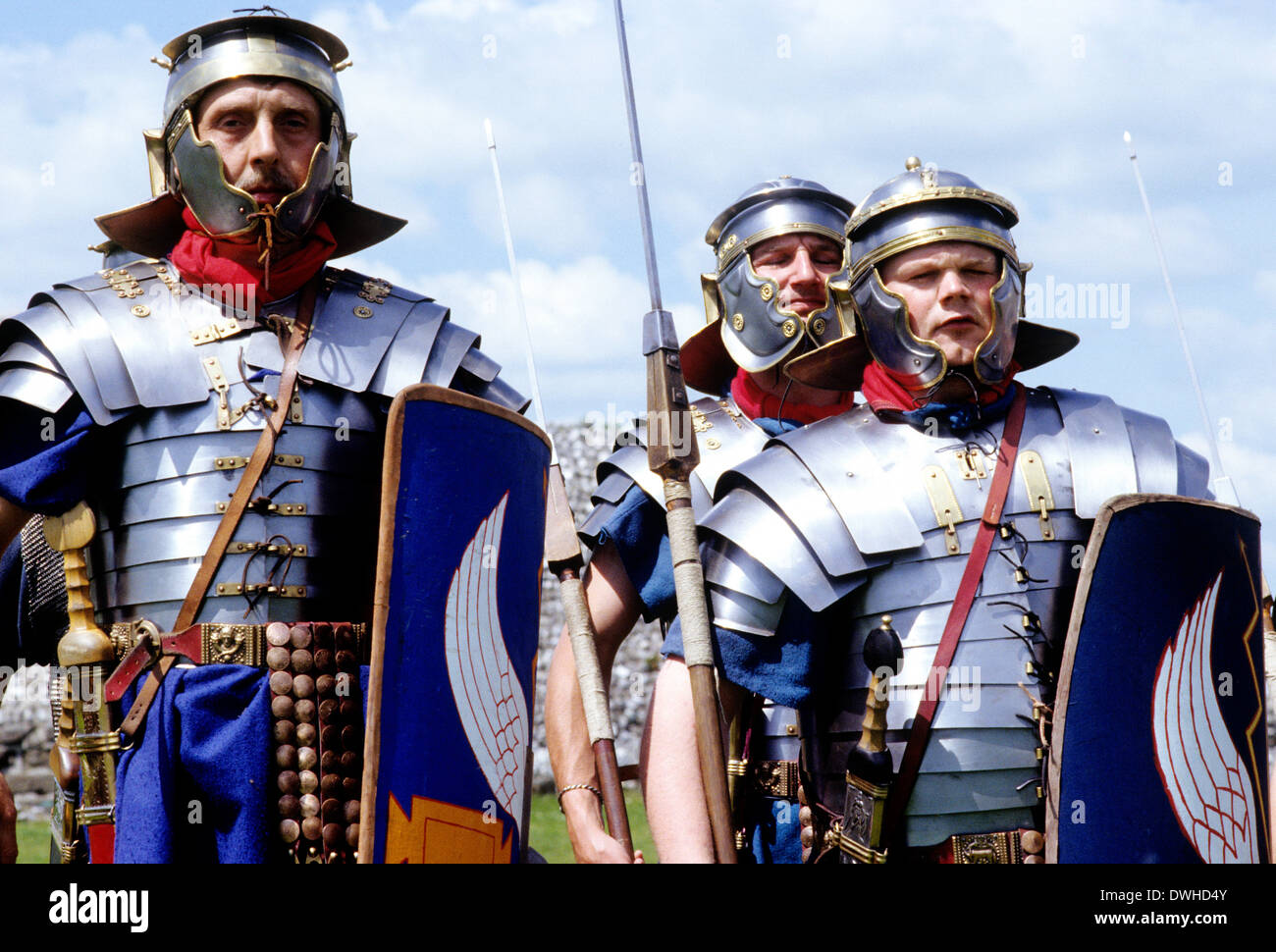



Roman Army 14th Legion In Britain 2nd Century Historical Re Enactment Legionary Soldier Soldiers England Uk Stock Photo Alamy




Phalanx Vs Legion Closing The Debate The Deadliest Blogger Military History Page




Berliner Zinnfiguren Roman Legionary 2nd 3rd Century Purchase Online




Evolution Of The Roman Legions Part 1 Kingdom 8 7th Century Youtube



Plastic Soldier Review Hat Imperial Roman Legionaries 1st 2nd Century Ad




Roman Legionary Wearing A Lorica Hamata And Sword 2nd Century News Photo Getty Images




Roman Legionary 2nd Century Ce Roman Armor Roman History Roman Warriors




Gladius Hispaniensis World History Encyclopedia
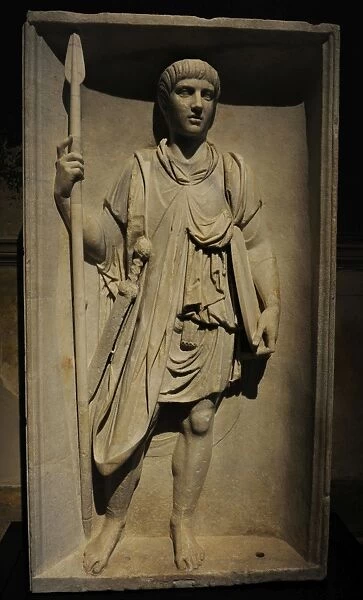



Roman Legionary Relief 2nd Century Ad Print Cards




Equipment Of Roman Legionary Imperium Romanum




Evolution Of The Ancient Roman Soldier Over A Millennium



Arms Armour The Roman Recruit



Roman Legionary In Campaign Dress 1st To 2nd Century A D The History Of Rome Elite Top Quality Tin Toy Soldiers 54 Mm 1 32 Spbsouvenir Ru Collectible Tin Toy Soldiers Metal Tin Soldiers Figurines




History Of The Roman Legionary 1st Century 3rd Century Ad



Roman Legionary 2nd Century A D By Ernest Putty Paint



1




Imperial Roman Army Wikipedia
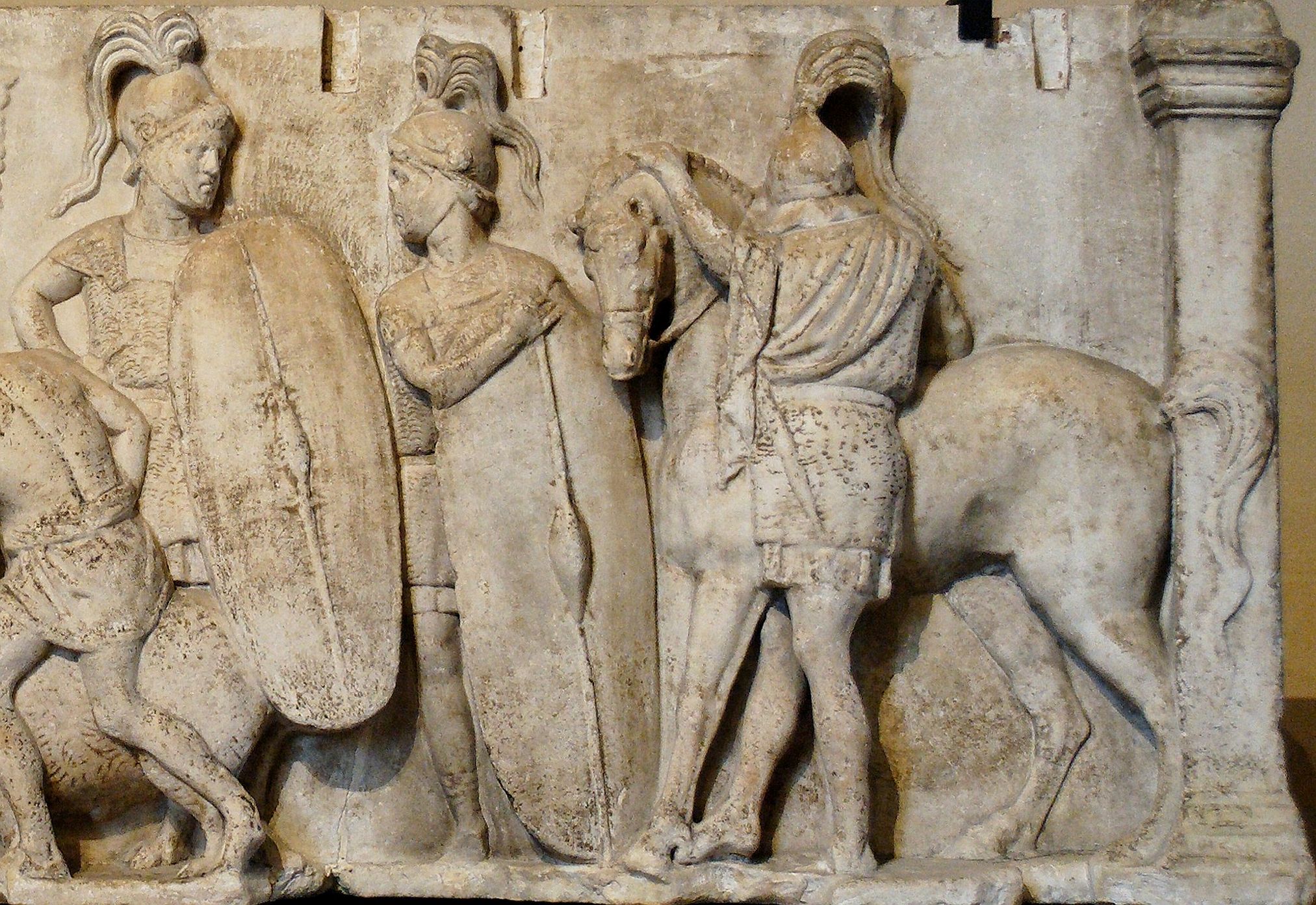



Roman Army Wikiwand
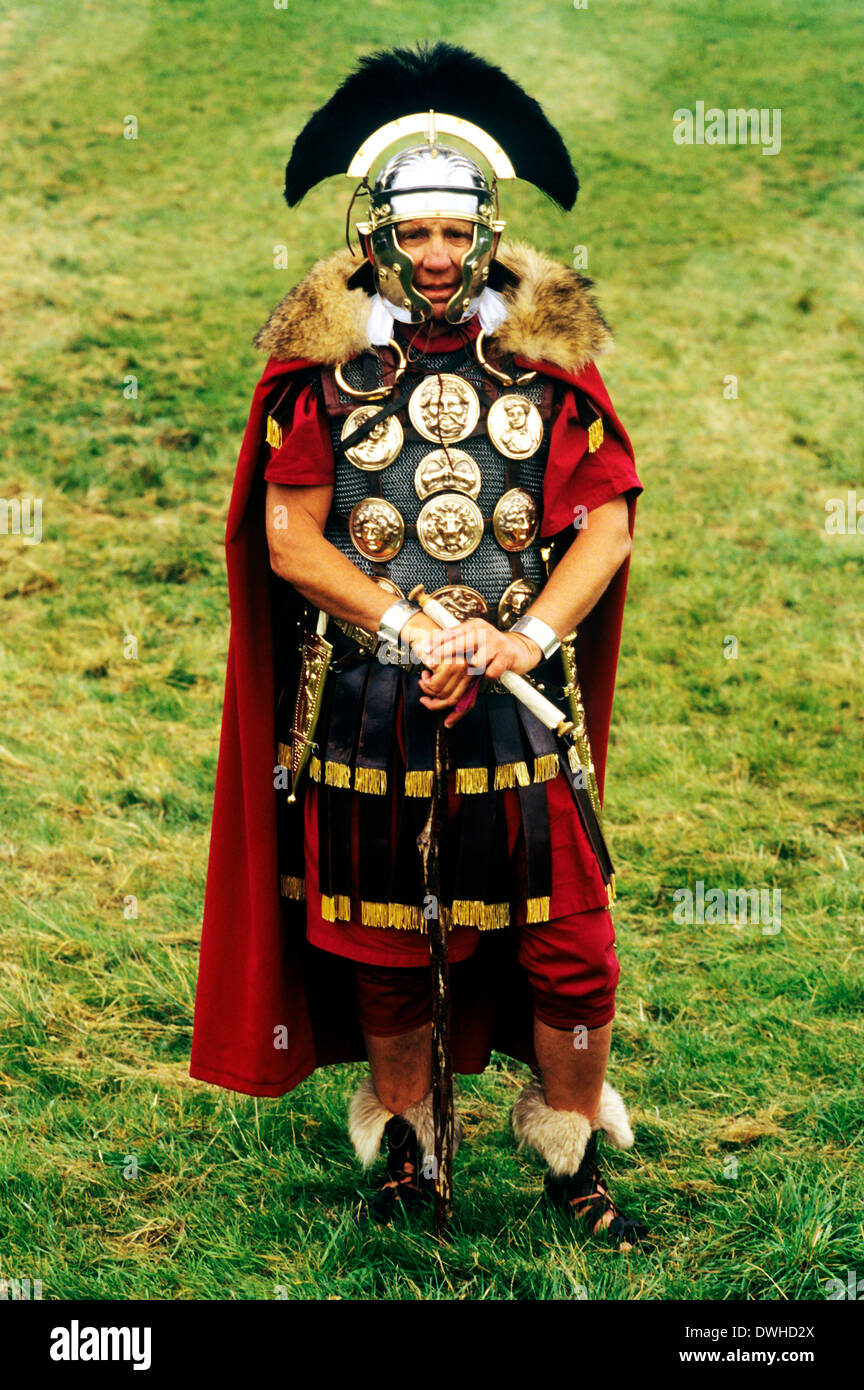



Roman Army High Ranking Officer 2nd Century Historical Re Enactment Legionary Soldier Soldiers England Uk Stock Photo Alamy




1 16 Scale Roman Legionary 2nd Century A D By Miniart




Roman Legionary 1st Century Ad The Roman Empire
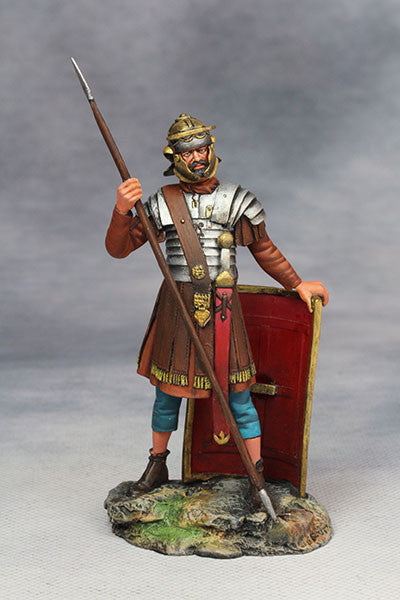



Yz Roman Legionary 2nd Century A D From Yzcaesar Piers Christian Toy Soldiers




Roman Auxilia Weapons And Warfare




59 Idees De Romans Legion Romaine Antiquite Armee Romaine



Servius To Severus How The Roman Legionary S Armour Evolved




History Of The Roman Legionary 1st Century 3rd Century Ad



1 16th Scale Ancients Roman Legionary 2nd Century A D Min 00 Scott J Dummit Presents




Tin 54mm Toy Soldier Roman Legionary 2nd Legion Of Augustus 1st Century Ebay




Roman And Byzantine Empire Comparison Series Part1 The Army The Byzantium Blogger




Historical Reenactment Roman Legionary With Helmet And Segmented Cuirass 2nd Century Photographic Print Art Com
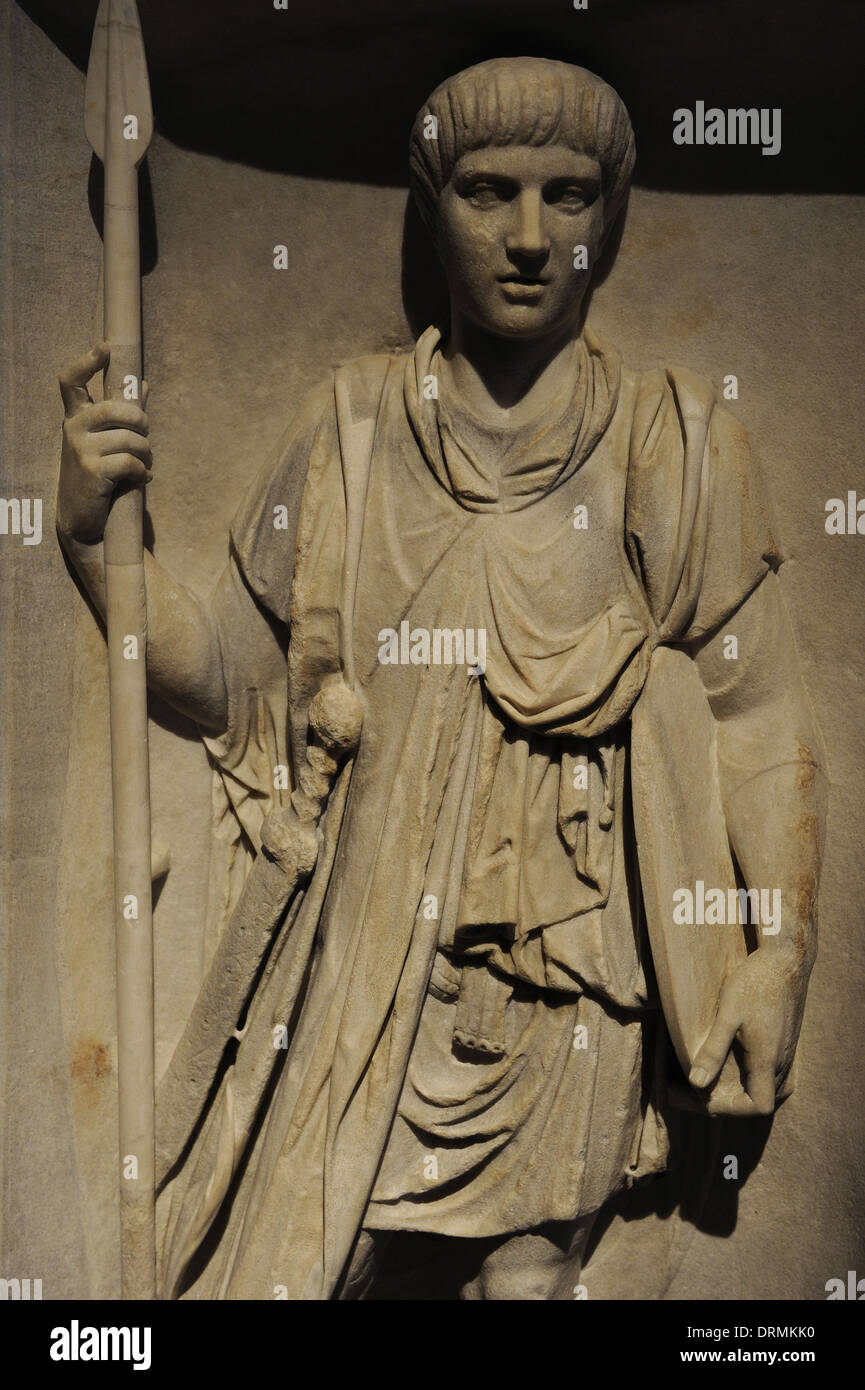



Relief Depicting A Roman Legionary Marble 2nd Century Ad From A Triumphal Arch Of Emperor Trajan Stock Photo Alamy




Crisis Of Roman Military In Middle Of 2nd Century e Imperium Romanum




Soldiers In The Roman Empire Selection Training Duties And Rewards Facts And Details




Imperial Roman Army Wikipedia




Superb Master Painted Large Roman Legionary Model Figure Miniature 2nd Century




Buy Imaginifer Of The Roman Legion 1 2nd Century Ad 1 32 Scale Unpainted Tin Figure Ancient Rome Handmade Collectible Miniature Online In Taiwan B08dxs29gc
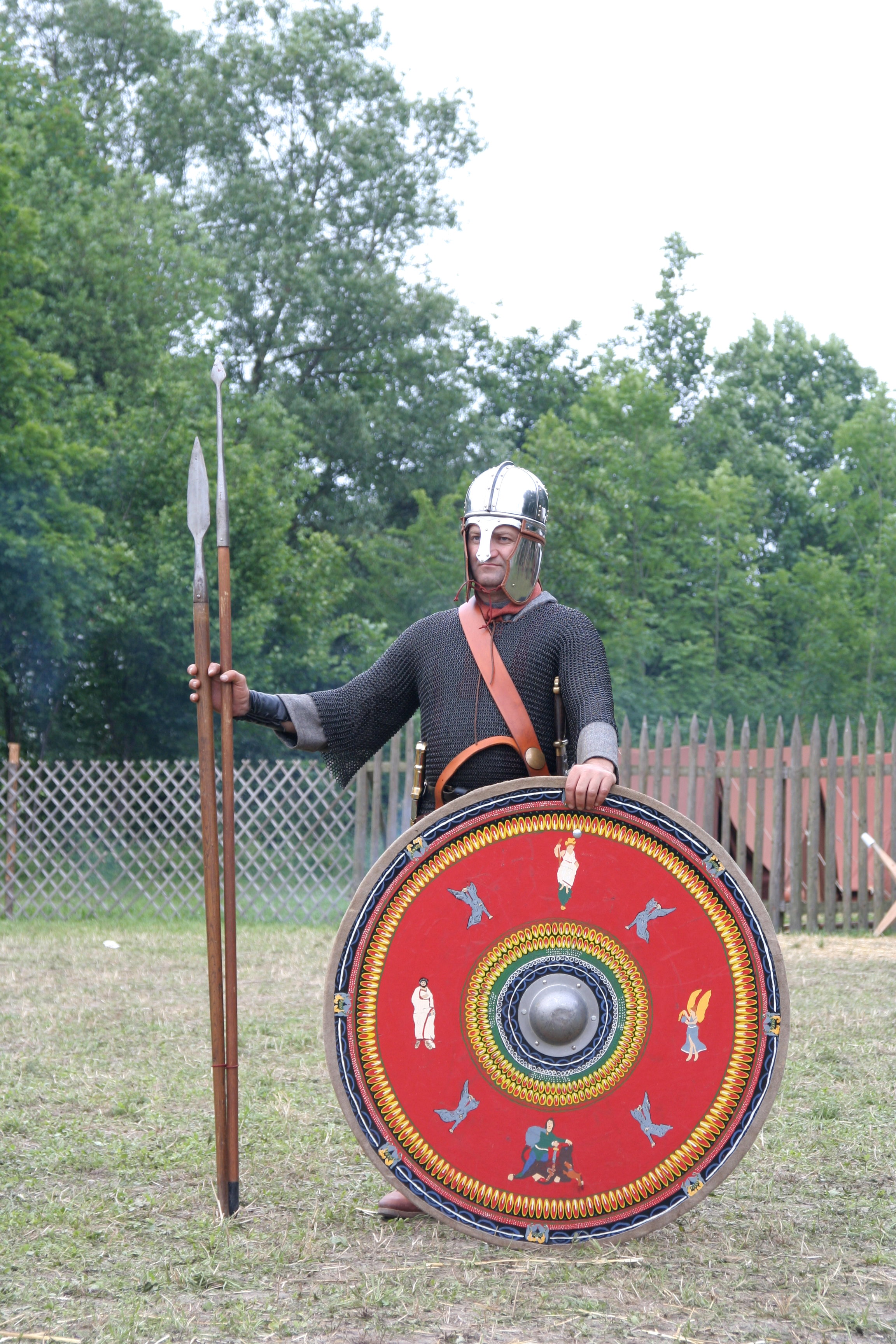



Roman Legion Military Wiki Fandom



1



Extremely Rare And Well Preserved Remains Of The Armor Of Roman Legionaries Lorica Segmentata With The Reconstructed Fragment The Object Dates To The 1st 2nd Century Ce Probably 122 138 Ce The
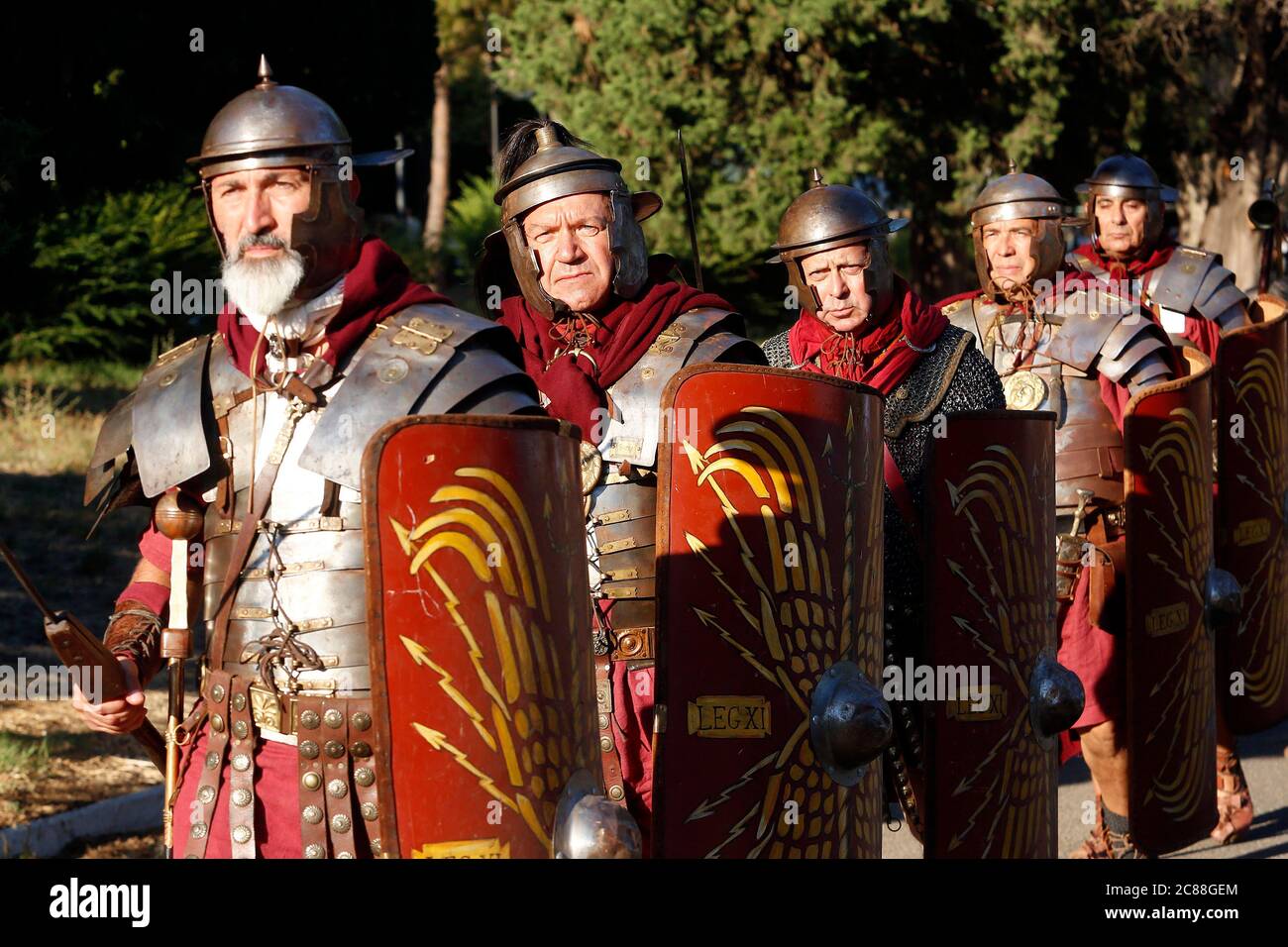



1st And 2nd Century Legionaries Of The Most Famous Roman Reenactment Group The Gruppo Storico Romano During The Event Piazza Italia At Colle Op Stock Photo Alamy




80 Imperial Roman Legionaries 1st 2nd Century Ad




Roman Legionary Late 1st To 2nd Century My Reenactor Kit Album On Imgur




Roman Legionary 161 284 2 The Lost Treasure Chest
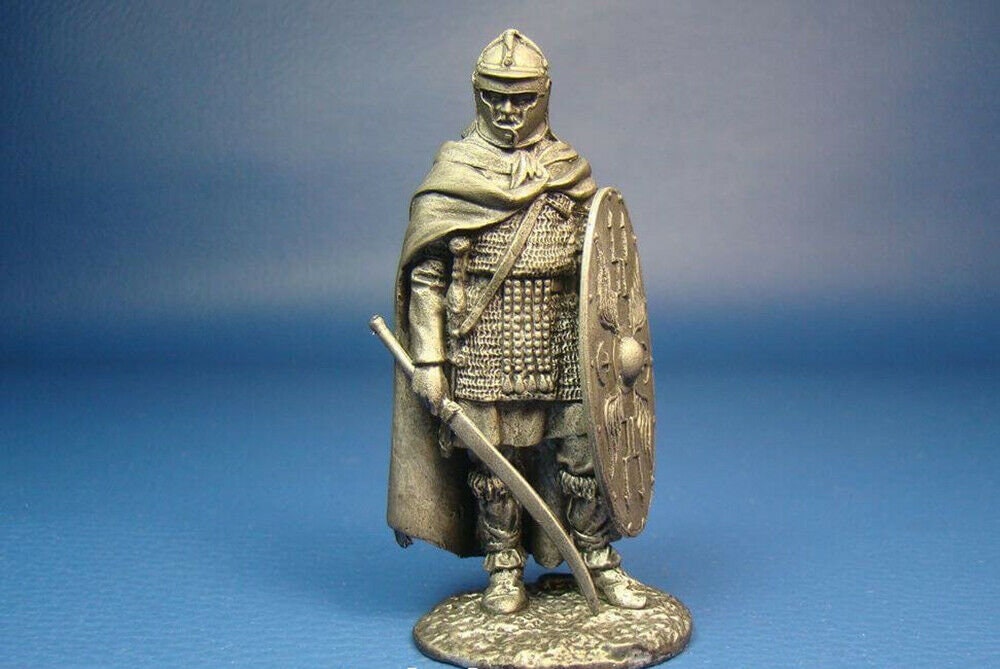



Soldier Auxilia Roman Army End 2nd Century Ad 1 32 Scale Etsy



Servius To Severus How The Roman Legionary S Armour Evolved




Republican Roman Army 0 104 Men At Arms Nick Sekunda Angus Mcbride Amazon Com Books




Pin Pa Ancient Rome




Evolution Of The Ancient Roman Soldier Over A Millennium



Legionary Of The Sixth Legion 0 Ad Earlyworks




Roman Legionary Wearing A Lorica Hamata And Sword 2nd Century News Photo Getty Images
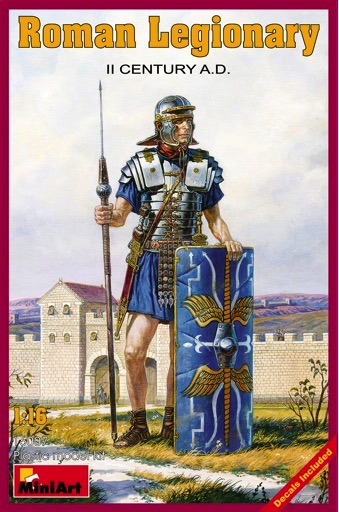



Scalehobbyist Com Roman Legionary 2nd Century By Miniart Models



Roman Legionary 1st 2nd Century Ad Full Battle Or Parade Order History In The Making



The Knight Shop Trade Miniature Roman Legionary Helmet Buy Medieval Armour For Sale Our Uk Shop
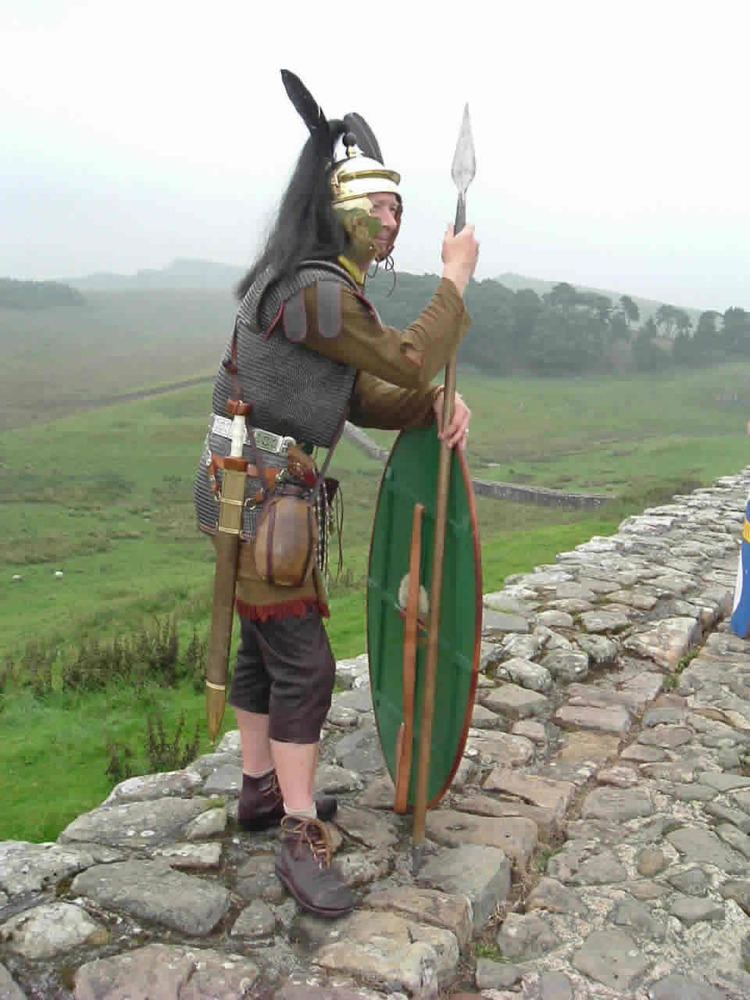



Auxilia Alchetron The Free Social Encyclopedia




Berliner Zinnfiguren Roman Legionary 1st 2nd Century Purchase Online
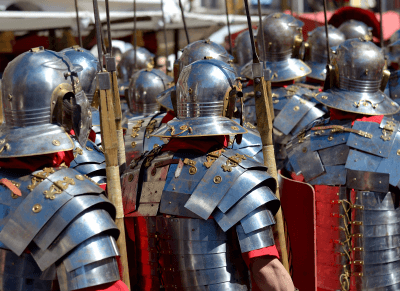



The Roman Imperial Legion Unrv Com
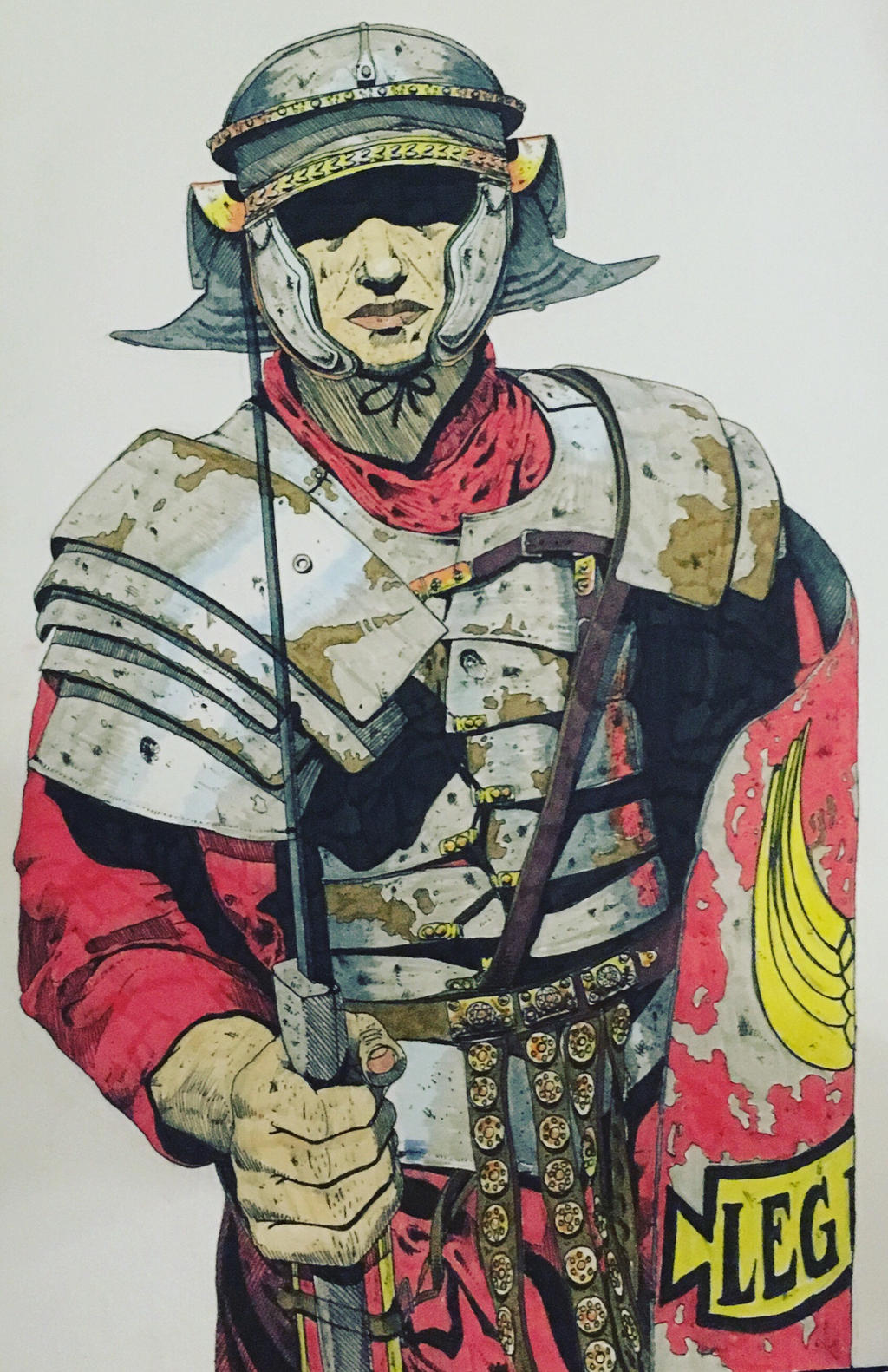



2nd Century Ad Roman Legionary By Rufusmcniven96 On Deviantart
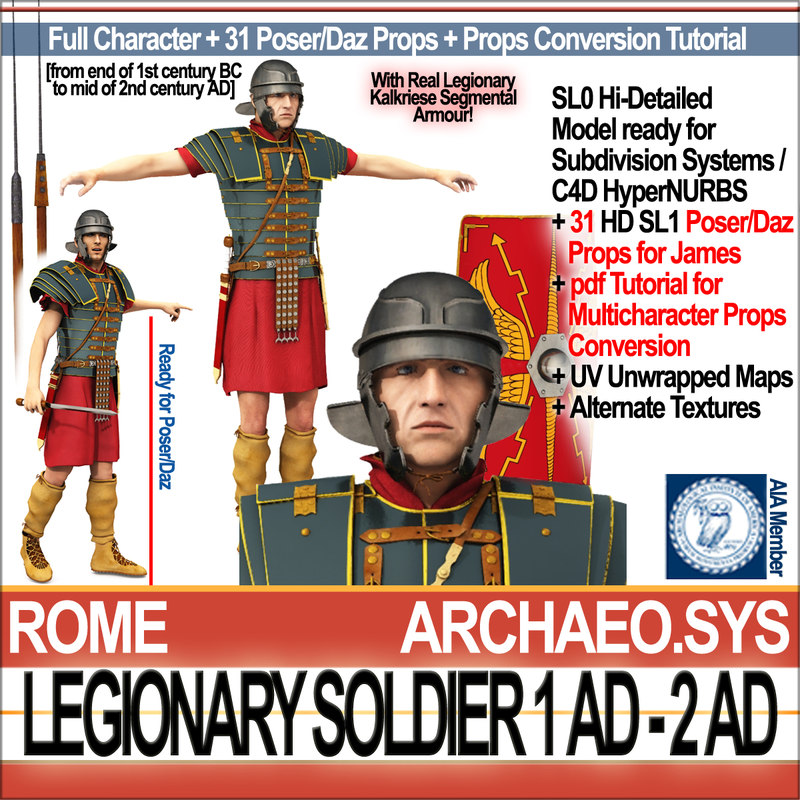



3d Ancient Roman Legionary Soldier Model




1st And 2nd Century Legionaries Of The Most Famous Roman News Photo Getty Images




Berliner Zinnfiguren Roman Legionary 1st 2nd Century Purchase Online




Roman Legionary World History Encyclopedia



Plastic Soldier Review Hat Imperial Roman Legionaries 1st 2nd Century Ad




Crisis Of Roman Military In Middle Of 2nd Century e Imperium Romanum
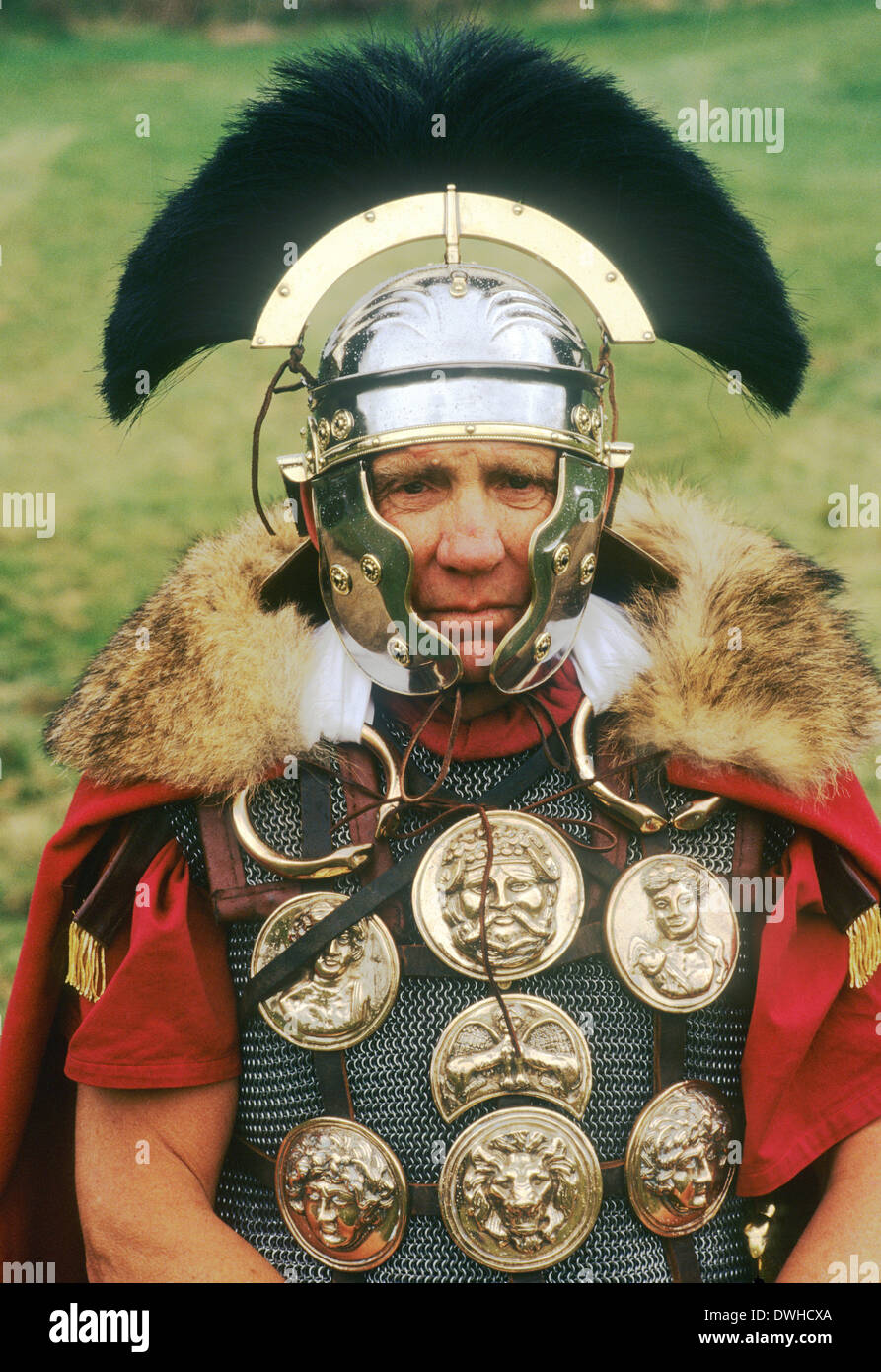



Roman Army High Ranking Officer 2nd Century Historical Re Enactment Legionary Soldier Soldiers England Uk Stock Photo Alamy




Roman Infantry 1st 2nd Century B C Italeri 6021




The Imperial Roman Army Corvinus




Imperial Roman Army Wikipedia
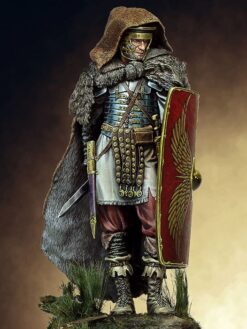



Roman Legionary I Ii Century A D Pegasoworld




Roman Legionary Detail Of The Segmented Metal And Leather Cuirass 2nd Century Stock Photo Picture And Rights Managed Image Pic Dae Vc Agefotostock



Roman




Evolution Of The Roman Legions Album On Imgur




Evolution Of The Ancient Roman Soldier Over A Millennium



Servius To Severus How The Roman Legionary S Armour Evolved




Some Military Artwork By Angus Mcbride Daniel Cabrera Pena And Don Troiani Album On Imgur
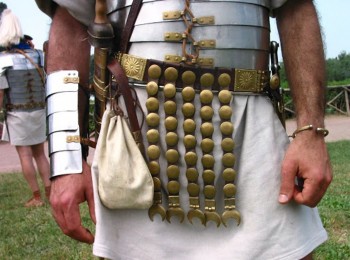



Topics By Keywords Roman Army
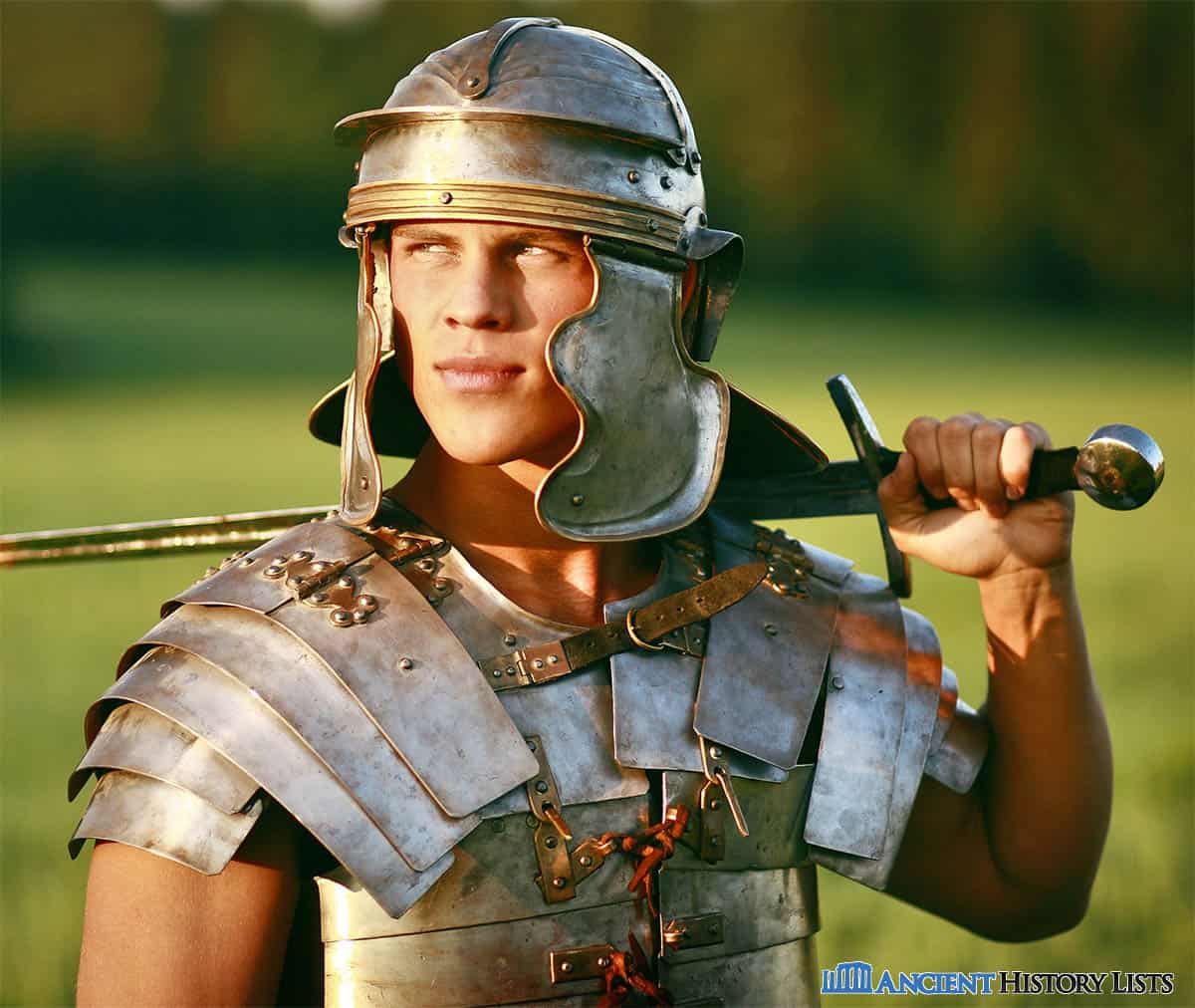



Top 9 Most Important Weapons Of The Roman Legionary Ancient History Lists




New Strategies Of The Third Century Roman Empire Ii Weapons And Warfare




Large Pegaso Late 2nd Century Aurelius Roman Legionary Model Figure Miniature X Ebay



0 件のコメント:
コメントを投稿